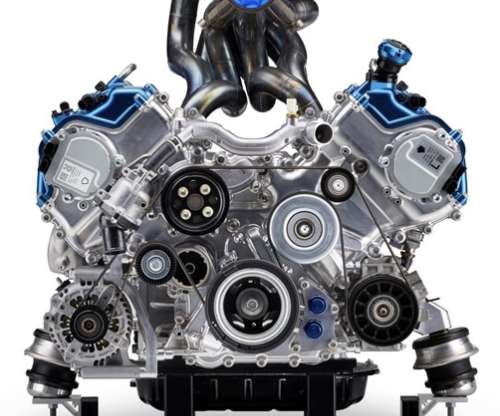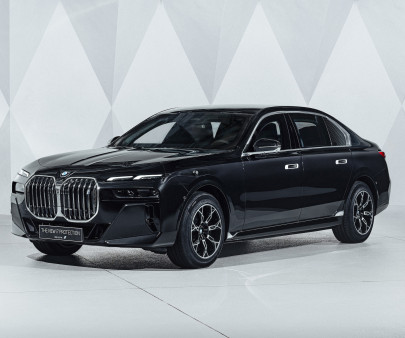Toyota commissions Yamaha to develop hydrogen-fueled 5.0L V8; follow-on from Nov 2021 announcement
Green Car Congress
FEBRUARY 19, 2022
liter V8 engine for automobiles that is fueled entirely by hydrogen. In Japan, Toyota and other automotive-related companies are about to begin a collaborative effort to expand the range of fuel options for internal combustion engines. Hydrogen: not a stand-in for gasoline. Earlier post.). —Takeshi Yamada.


































Let's personalize your content